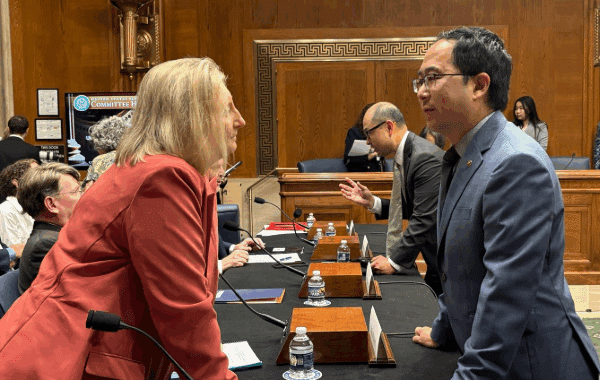The number of undergraduates who earned degrees fell (-2.8%) in 2022-2023, the second annual decline in a row following many years of gradual increases, according to the latest nationwide research released this week by the National Student Clearinghouse.
However, more U.S. adults earned a postsecondary certificate in 2022-23 than in any of the last 10 years. That growth in certificate earners is made up entirely by a 6.2% increase in those earning their first-ever award in 2022-2023. Over the past two academic years, there has been a 13.1% increase in those earning certificates.
Over half (51.7%) of the growth in first-time certificate earners were 18-20-year-olds (+11.3%). By comparison, first-time associate degree completers in the same 18-20-year-old age demographic saw a meaningful decline (-4.7%).
Although the number of certificate-holders was up (+3.9%), fewer U.S. students earned an associate degree in the 2022-23 academic year than in any of the last 10 years. The number of bachelor’s degree earners declined to the lowest level since 2015-16.
Compared to the prior academic year, there was a 3.0% decline in those earning bachelor’s degrees in 2022-23 and 7.3% decline in those earning associate degrees.
The NSC also broke some of the data down by state. New Jersey followed the national trend with a 3.6% drop in bachelor’s degree earners and an even steeper decline (-14.7%) in associate degree earners.
Nationally, major fields of study that had a year-over-year increase in bachelor's degree earners were Computer Information and Sciences (+4.3%) and Psychology (+1.6%).
Declines in bachelor degree earners were noted in Health Professions and Related Clinical Services (-4.5%); Engineering (-3.5%); Education (-2.6%); Biological and Biomedical Sciences (-1.5%); Social Sciences (-4.0%); Journalism, Communications and Related Programs (-9.0%); Business, Management, Marketing, and Related Support (-2.2%); and Visual & Performing Arts (-0.4%).
Go here to access the data released on Thursday by the National Student Clearinghouse Research Center, which works with higher education institutions, states, districts, high schools, and educational organizations to better inform practitioners and policymakers about student educational pathways.




